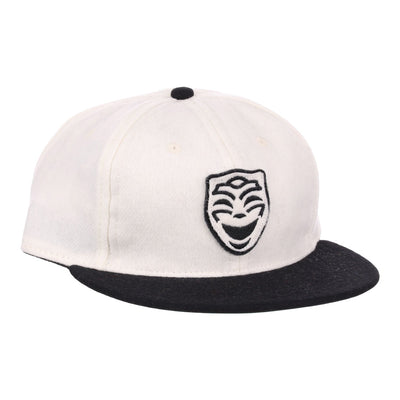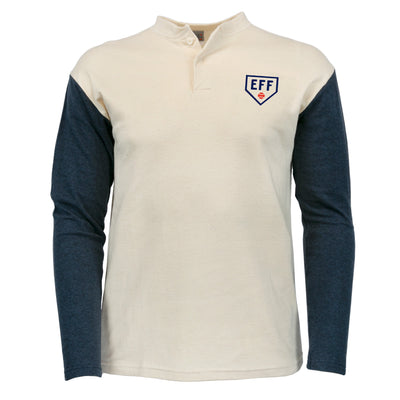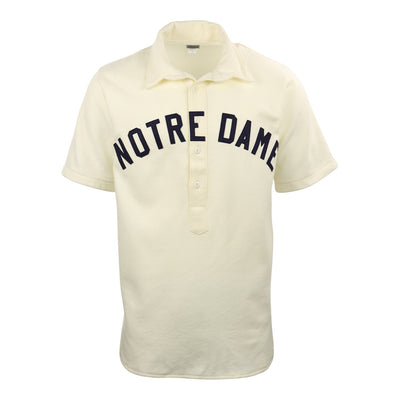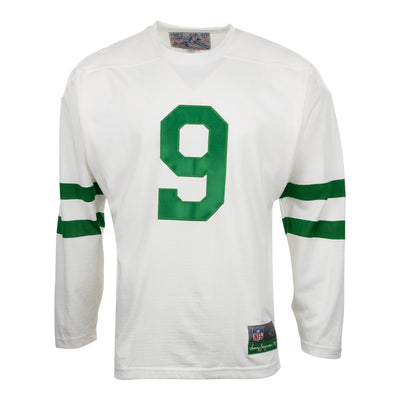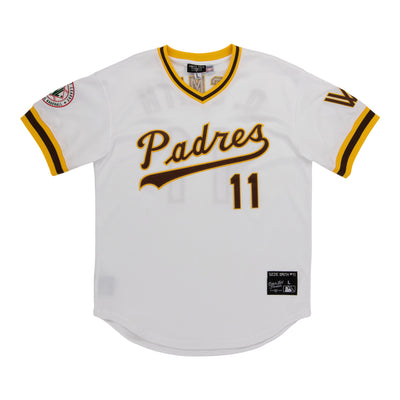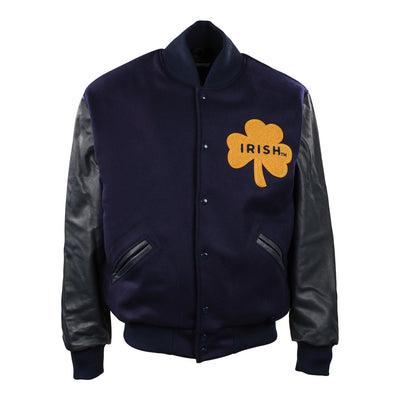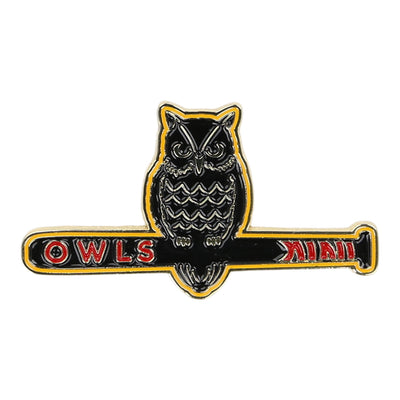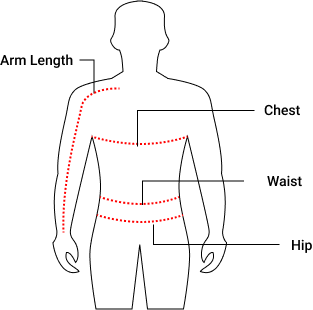PCL: The Stadiums
Imagine a time when the nearest major league team was 2000 miles away, when there were no telecasts of MLB games. A place where the temperate climate allowed a season stretching two hundred games a year, and where local professional ballclubs sometimes outdrew their major league rivals. Where the lifestyle and pay made it appealing for local stars to stay home rather than join one of the sixteen MLB teams in the East and Midwest. This was the Pacific Coast League of 1903 to 1957.
Wrigley Field, Los Angeles
The original Wrigley Field (Chicago’s park did not share the name until 1926), was built by LA owner William Wrigley in 1925 at 42nd Place and Avalon in Los Angeles. The double-decked stadium featured a clock tower, which also held team offices. The park was home to the expansion Angels in 1961 and was familiar to TV viewers as the backdrop for “Home Run Derby”. Many baseball movies were filmed here as well. Capacity was 21,500. The park was razed in 1966.
Gilmore Field, Hollywood
After playing their first season at Wrigley Field, the Stars opened Gilmore Field on Fairfax Avenue in 1938. Gilmore was one of two stadiums on the site, the other being Gilmore Stadium, a facility which was used for football and other events. Capacity was 12,000. After the Stars left in 1958 the park was torn down and the site became home to CBS Television.
Seals Stadium, San Francisco
The Seals had previously played at Recreation Park, and built Seals Stadium at 16th and Bryant in the Mission District in 1931. Cost of construction was $1.25 million ($25 million today). The single-deck park was one of the most modern facilities in the minors. An unusual feature was the inclusion of three clubhouses: One for the Seals, one for the Missions, and one for visitors. The new San Francisco Giants called Seals Stadium home for their first two seasons. Capacity was 25,000.
Oaks Park, Oakland
Oaks Park was actually in Emeryville, CA. The wooden park opened in 1913 and held 10,000 fans. Lights were installed in 1931. Wooden ballparks were susceptible to fires, but fortunately the Emeryville Fire Deptartment was located a short distance from home plate. The Oaks departed for Vancouver in 1955 and the park was razed two years later.
Lane Field, San Diego
San Diego owner Bill Lane built cozy Lane Field along the city’s waterfront, and it was home to PCL baseball for the next 22 years. The wooden stands were infested with termites, and several sections of seats eventually were condemned and had to be removed. It was also discovered at one point that first base was only 87 feet from home plate! The park seated 9,000, and was razed after the 1957 season, when the team moved into Westgate Park.
Edmonds Field, Sacramento
In 1948 the original wooden Edmonds Field was destroyed by fire and the Solons became a road team for the remainder of the season. A new park with the same name, but constructed of concrete, was built on the site in 1949. The location of Edmonds Field was along the Sacramento River, at Riverside Blvd. and Broadway. The Solons left for Hawaii after the 1960 season, and the park was torn down in 1964.
Multnomah Stadium, Portland
Vaughn Street Ballpark (later called Lucky Beaver Stadium) opened in 1912 at Vaughn and 24th in Portland. The Beavers moved into Multnomah Stadium in 1956, which was basically a football stadium modified for baseball. It was owned by the Multnomah Athletic Club, and seated 28.870. The park was sold to the city of Portland and renamed Civic Stadium in 1967. It is one of only two parks from the 1903-1957 era of the PCL still in use, although it was modified for soccer in 2011, and is now home to MSL’s Portland Timbers.
Sick’s Stadium, Seattle
Dugdale Park was burned down by a serial arsonist on July 4, 1932, and the Indians had to move to Civic Stadium, a less than ideal venue which had an all-dirt field and light towers in the field of play. When brewery magnate Emil Sick purchased the club, he renamed them the Rainiers and built a modern facility on the site of Dugdale. Sick’s held 14,200 fans in its original configuration, but was hastily expanded to 25,000 capacity in 1969 for the Seattle Pilots’ one and only season in the American League in 1969. The park once again hosted minor league ball in the 1970s before being razed in 1977. A Lowe’s store occupies the site today. A copy of Sick’s Stadium was built in Vancouver, BC in 1951, which later hosted the PCL’s Vancouver Mounties. It is the only original PCL stadium still used for baseball today.

